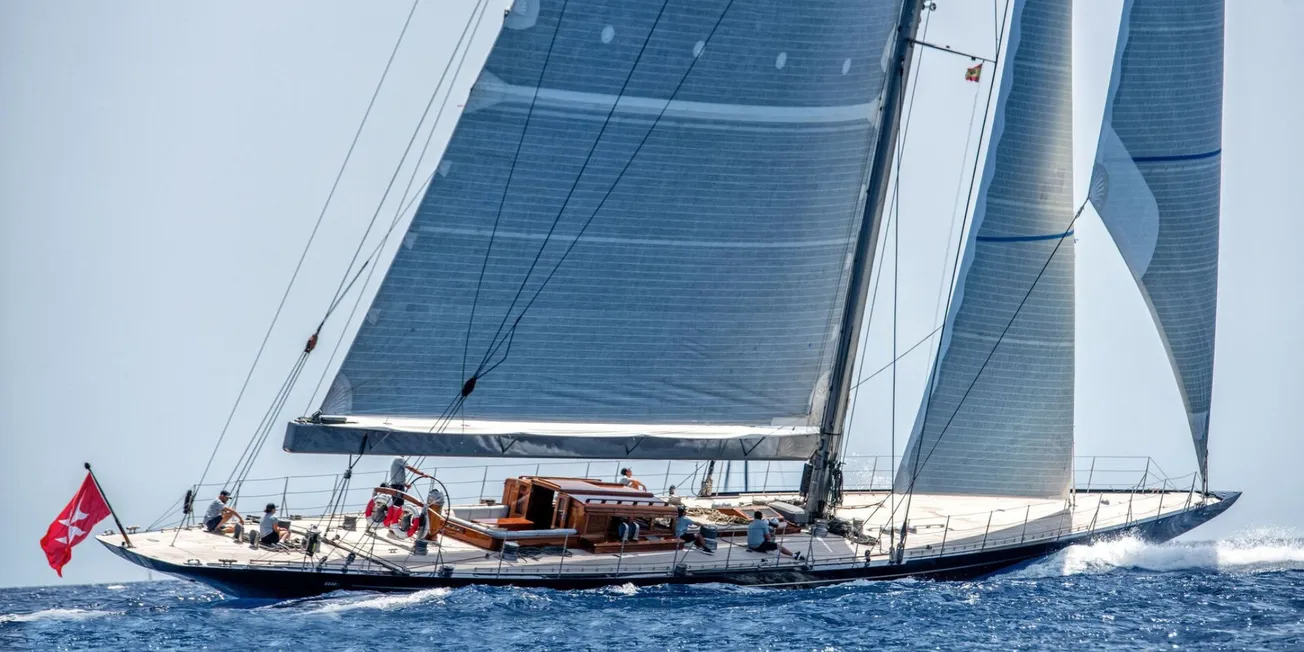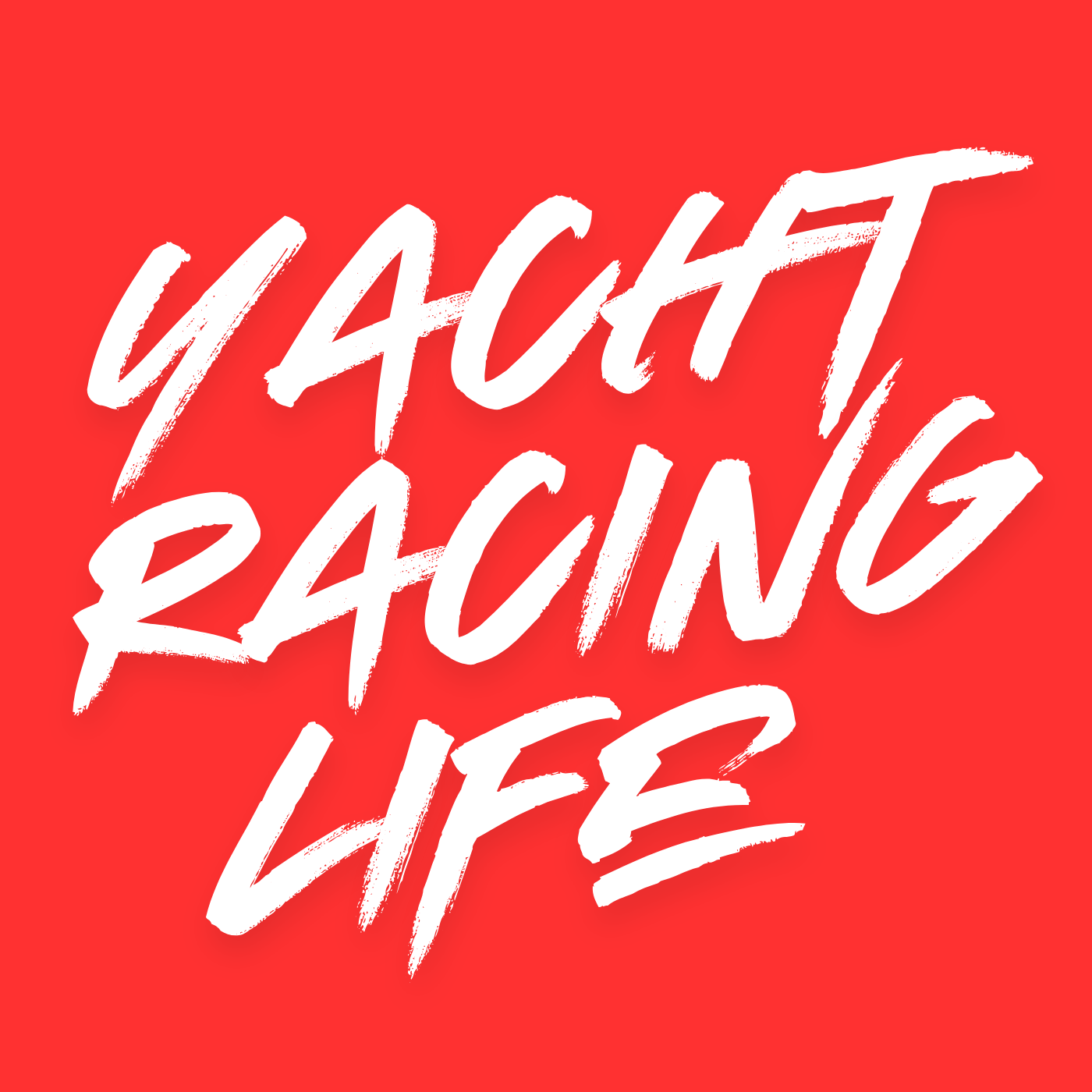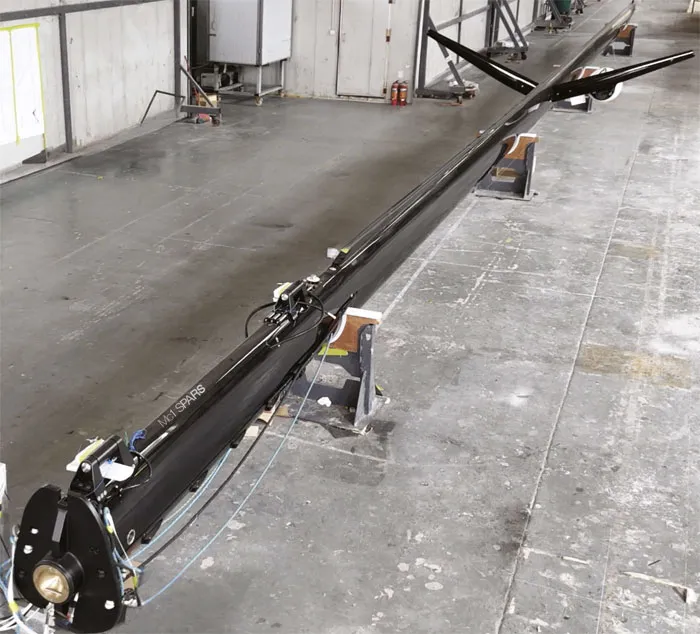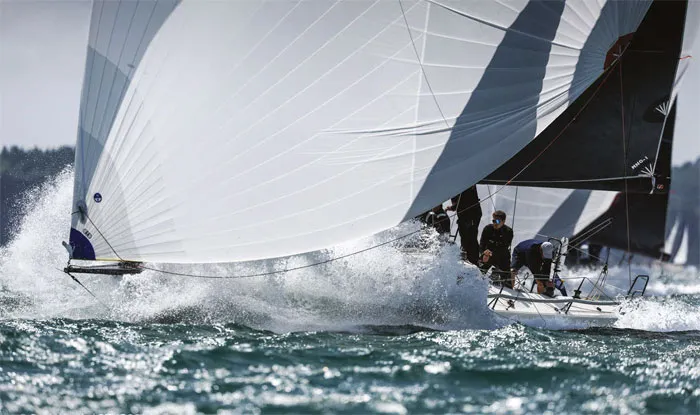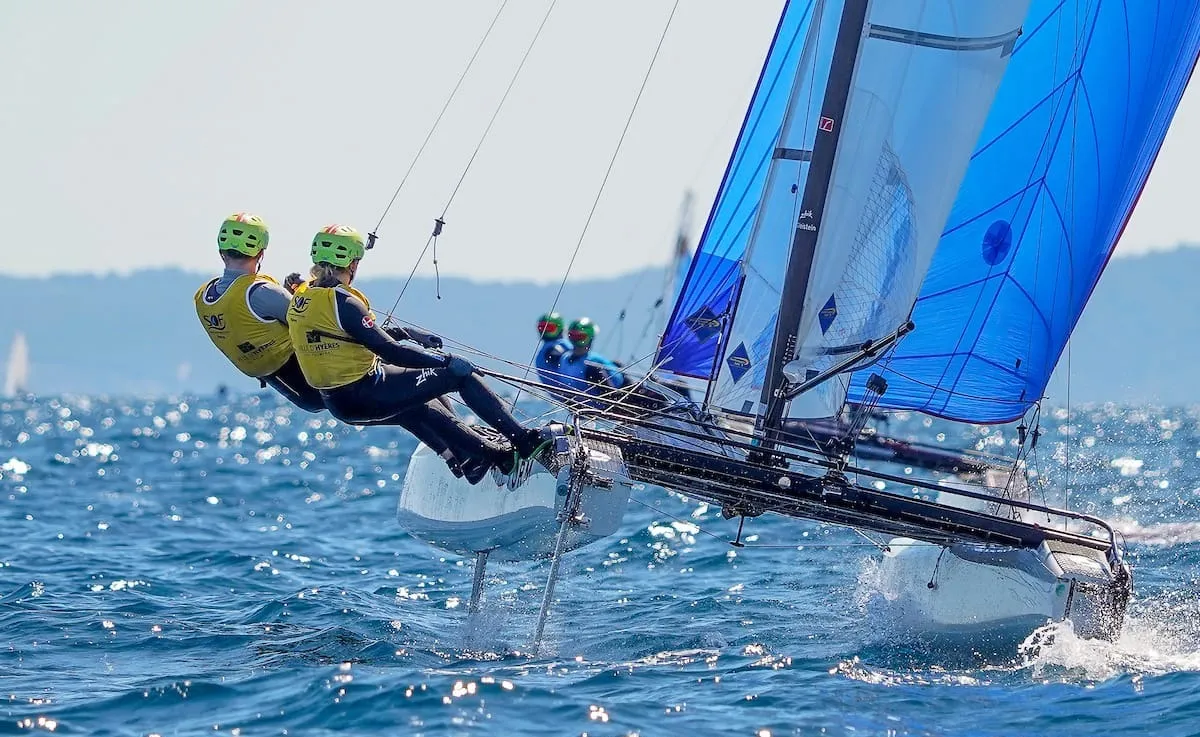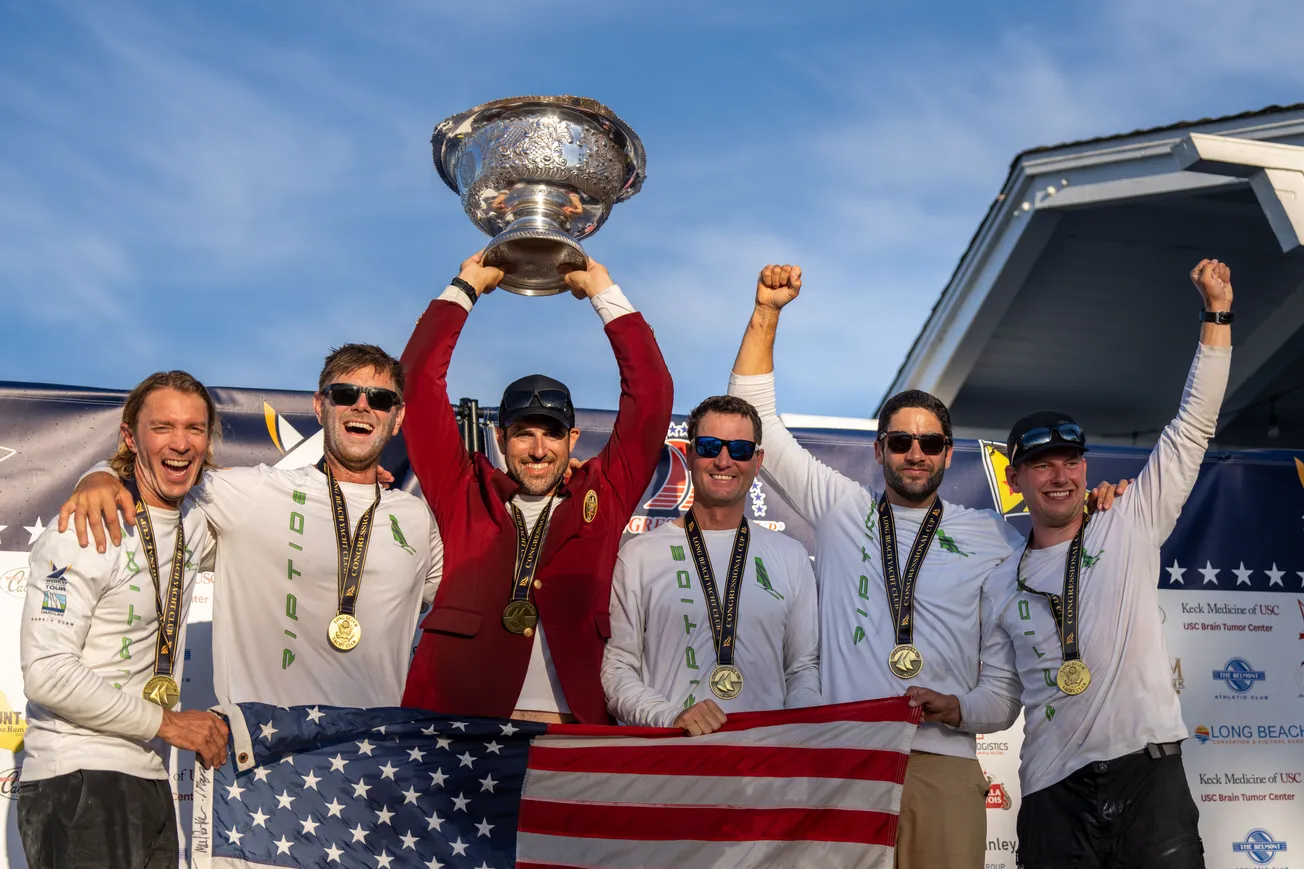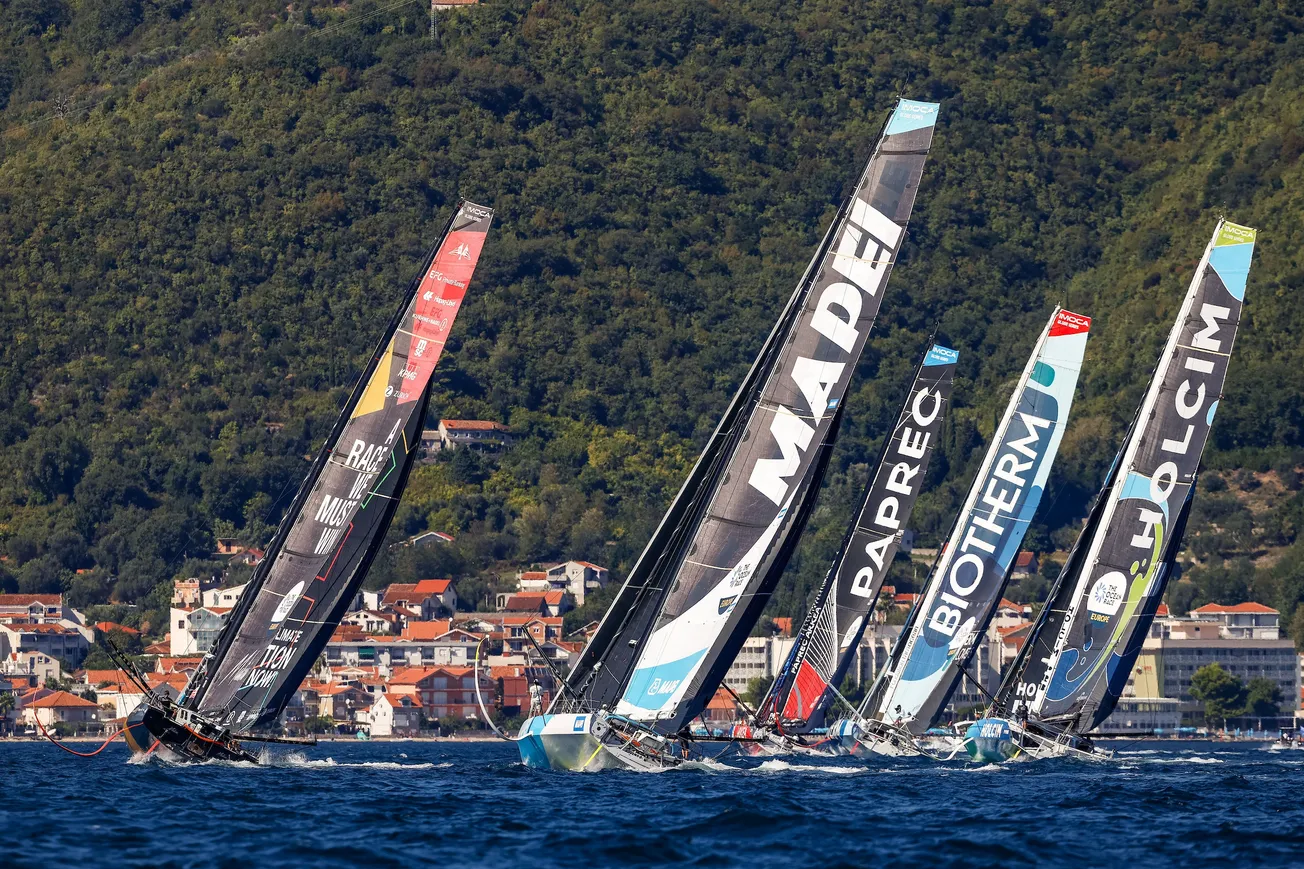
Look. I mean, just look. Few sights stir the soul like a J Class under sail and this one is really quite special, particularly as this is Rainbow and she is for sale. The original owner commissioned Dykstra Naval Architects to work on William Starling Burgess’ original design for Harold Vanderbilt’s Rainbow, which won the America’s Cup in 1934, while de Vos de Vries Design created the 1930s-style interiors. The yacht itself was built in aluminium to Lloyd’s classification and MCA charter compliance, and delivered to award-winning acclaim by Holland Jachtbouw in 2012.
The first thing to note is the condition, which can only be described as better than new after an 18-month refit costing 90 per cent of the asking price. The full list of works is available on request but highlights include a full Awlgrip repaint, new teak deck by Scandinavian Refit, new Southern Spars mast and lighter spinnaker pole, new ECsix carbon fibre rigging, new Dyneema running rigging, new wardrobe of 3Di North Sails for racing, new Harken winch package, new B&G H3000 electronics and a new Cariboni Magic Trim main traveller.
After more than six years as captain, Mat Sweetman, under whose watchful eye these works were carried out, explains why the yacht was given such an extensive, stem-to-stern refit. ‘I started working for the previous owner and we were only cruising. Then the current owner came in and turned her back into a raceboat. She hadn’t raced for nearly a decade and the boats have changed a lot in that time. There was a lot of optimisation needed to get her back into racing spec.

‘The sails have changed massively so we had to reinforce the bow to accommodate structured luff foresails. Otherwise the loads haven’t changed, we’re a much less-loaded boat than the bigger ones (Rainbow is around two metres shorter than the bigger Js), so with the new winches we’ve been able to have a better, more efficient package.
‘The three years’ experience I had with the previous owner, I was living and working on the boat with a long-term crew. My first mate’s been with me as long as I’ve been on board, my chief engineer has been with me for over five years so we knew exactly what needed to be done to make the boat better and more reliable. We achieved all that.’

Top of the job list, if Rainbow was to chase silverware seriously, were the hydraulics, as Sweetman points out. ‘These boats are so powerful. The original hydraulics couldn’t give us what we needed to get the sails in.’ The new system features larger P and T lines to speed up flow significantly, new Bosch electric motors, custom-made PLCs to allow for control of individual valves and heat exchangers to cool the oil before it reaches the tank. The new hydraulics are a lot more efficient than the old ones, they draw a lot less power. As we go forwards we can probably reduce the amount of power we need. That’s what we’re learning now.’
But, knowing the boat so well, Sweetman saw the opportunity to make Rainbow a much easier yacht to operate. ‘The whole engine room was removed. We changed the position of a lot of components because the engineer and I know which we need to get to, and how to make servicing them easy. Rather than taking out components to get to, say, an airconditioning pump, we have the pump in areas that we can get to, turning pumps around so we can get to the live end rather than having to take the whole thing out.’
Rainbow was one of the first yachts ever to have hybrid propulsion. ‘It’s a very, very good system, probably still more advanced than most new hybrid boats’ says Sweetman. ‘We’ve got it working perfectly now. It took a bit of time from new because it was very modern technology 10-12 years ago, but now it’s very efficient. Part of the refit was upgrading a lot of the systems to make sure it will keep going for years to come. The company that looks after it for us can log in whenever they want and we’ve done the same with the propulsion system.
‘At anchor, the generator runs automatically whenever the batteries go down to 25 per cent of capacity and will charge for, say, six hours. It will automatically shut off at 95 per cent of capacity and then the boat will run quiet. We have five-or-six hours every 12 hours where everything is quiet, no generator running. As soon as we’re motoring somewhere, we don’t have to run the generator because the batteries will charge from the main engine. We only ever have one generator running whereas most boats of this size would typically have two, if not three, generators running. We’re not always silent but we have silent moments, but if we’re doing a delivery and motoring a lot, we don’t have to waste fuel on running a generator. One engine will charge everything and the boat will run with only batteries – including air conditioning, hydraulics, everything.’

As for hybrid power in general, Sweetman is positively evangelical about its advantages. ‘It’s much less likely that there will be a time when you can’t use the boat. If the generator doesn’t work you can use the engine. If the engine doesn’t work, you can drive the boat electrically. If one electric motor fails you go to the other one. It’s been a while since I’ve been on a conventional boat but we have so many more options. Because it was one of the first hybrids to be built, they made sure you always have a fallback option. It’s a very good system.’
‘The batteries are not the originals,’ Sweetman continues. ‘The first bank was replaced with these after two years so they’re eight or nine years old. During the refit they were taken out and checked and they’re still at 92 per cent capacity, which is plenty for what we need. We wouldn’t replace them until they got below 80 per cent. They’re in very good condition because we’re on shore power a lot so they’re not cycling. These batteries are out of commercial Dutch buses. They were early technology then but they’re better than you’d get now, for sure. They’re doing very well.’
So far, so technically impressive. But what of her sailing potential? ‘She’s always been quick, always had bursts of speed, but has never fulfilled her potential. We had a very short build up to the Barcelona regatta at the America’s Cup event in October last year. We’d put a new mast in and we had a few delays on that, so we only had three days of practice. We race with 28-30 crew, probably two or three fewer than the other boats. Erle Williams runs the racing programme, he helms the boat. We had Murray Jones on tactics, Si-Fi on navigation, Tony Mutter, Brad Jackson, Simon Daubney, George Skuodas, Antonio “Neti” Cuervas-Mons on bow. With so little practice we needed a crew to gel quickly. We went there to win. We didn’t do that but we got the boat going very well. We were winning races, it normally takes 12 months’ racing in class to get there. We’re learning the boat, so at regattas we do this year we’ll just keep getting better and better.’
With an asking price of EUR 9,950,000, what does Sweetman make of her brokerage potential? ‘She’s definitely priced to sell. Replacement would probably take EUR 24,000,000 and threeto- four years, maybe longer. On top of that you can only build an existing J Class design and, now that Yankee’s in build, there’s probably two or three designs left out there that you could get going well. It’s getting to be an even more exclusive club.

‘For 2026 there’s discussion about the class getting involved with the 150th anniversary of Cowes Week, then Sweden and St. Tropez for dedicated J regattas. We’re also waiting to see where the America’s Cup is, generally the boats will want to get involved in that.
‘The owners always get to decide where they want to go sailing, which regattas they want to do, whether they want to join other regattas or hold their own events. One of the many nice things about the class is that owners can pick and choose how they want to participate.’
And what of Rainbow’s plans for this year? ‘It was a busy year last year, getting ready for the America’s Cup. Everyone’s quite happy to have a year off so the owners can enjoy cruising, which is one of the great things about these boats. When cruising we run with seven or eight crew depending on the level of hospitality needed. For anyone looking to do a mixture of both, I can’t think of a better class. For a 40m boat you don’t get as much volume as you would on a modern boat, but what you do get in spades is the prestige. Rainbow draws a crowd wherever she goes.’
Get all areas access to Yacht Racing Life with a Full Membership free 30-day trial. There's no obligation and you can cancel at anytime.


